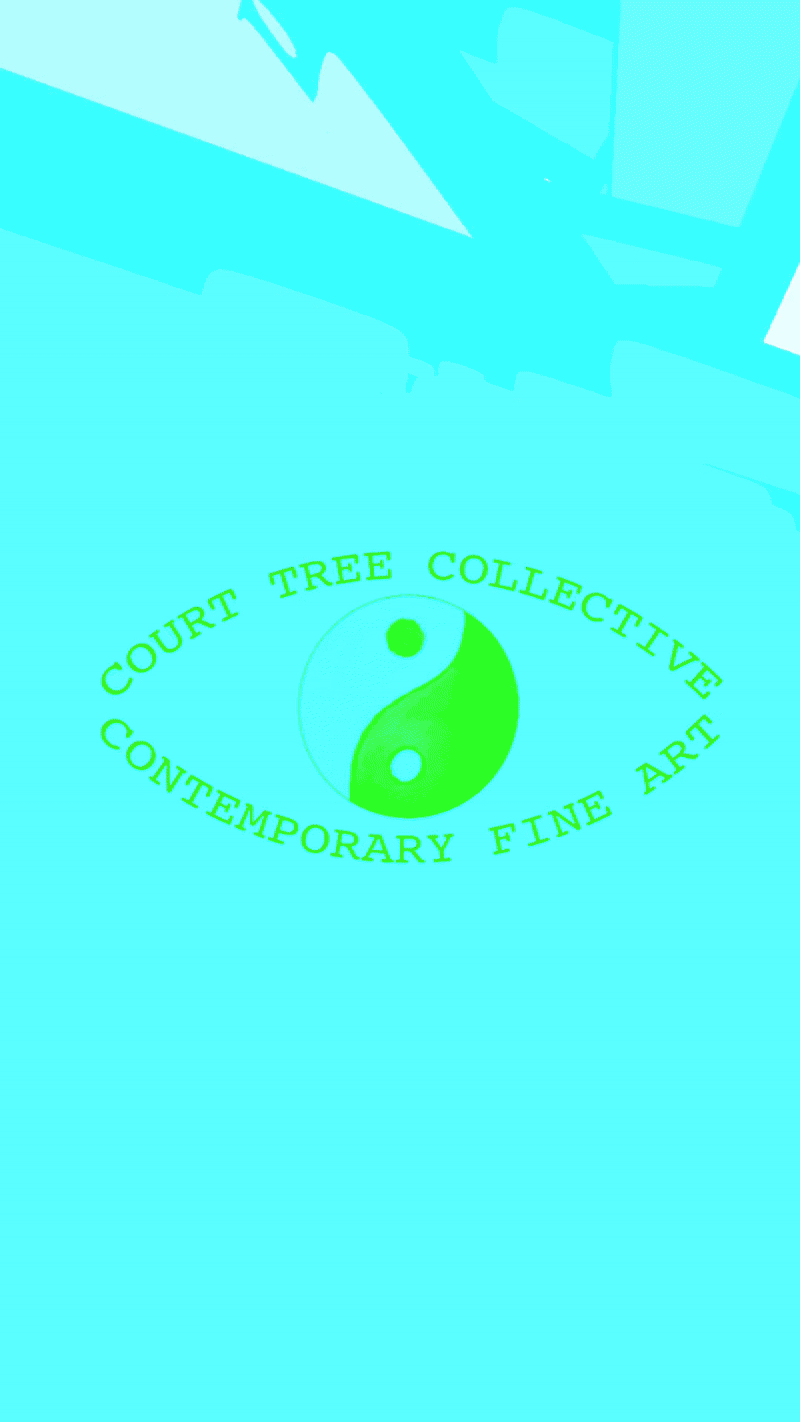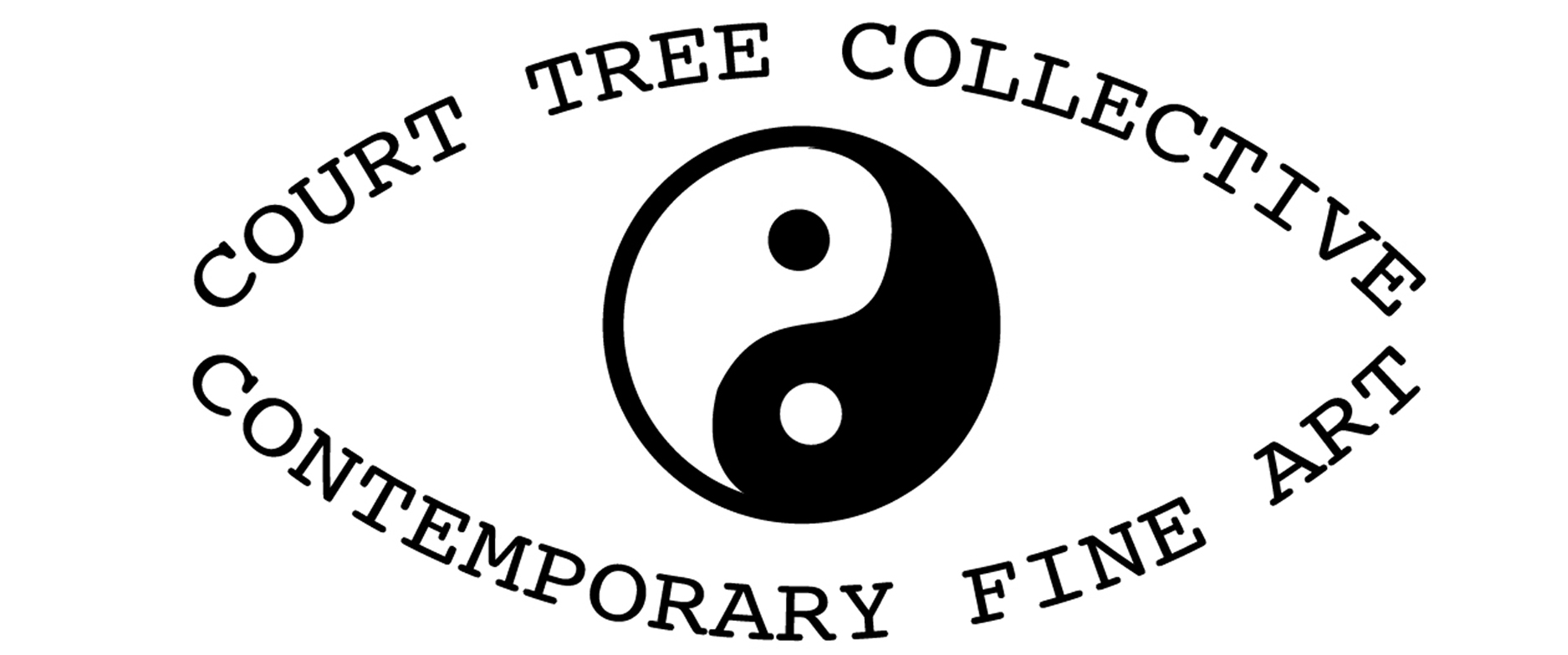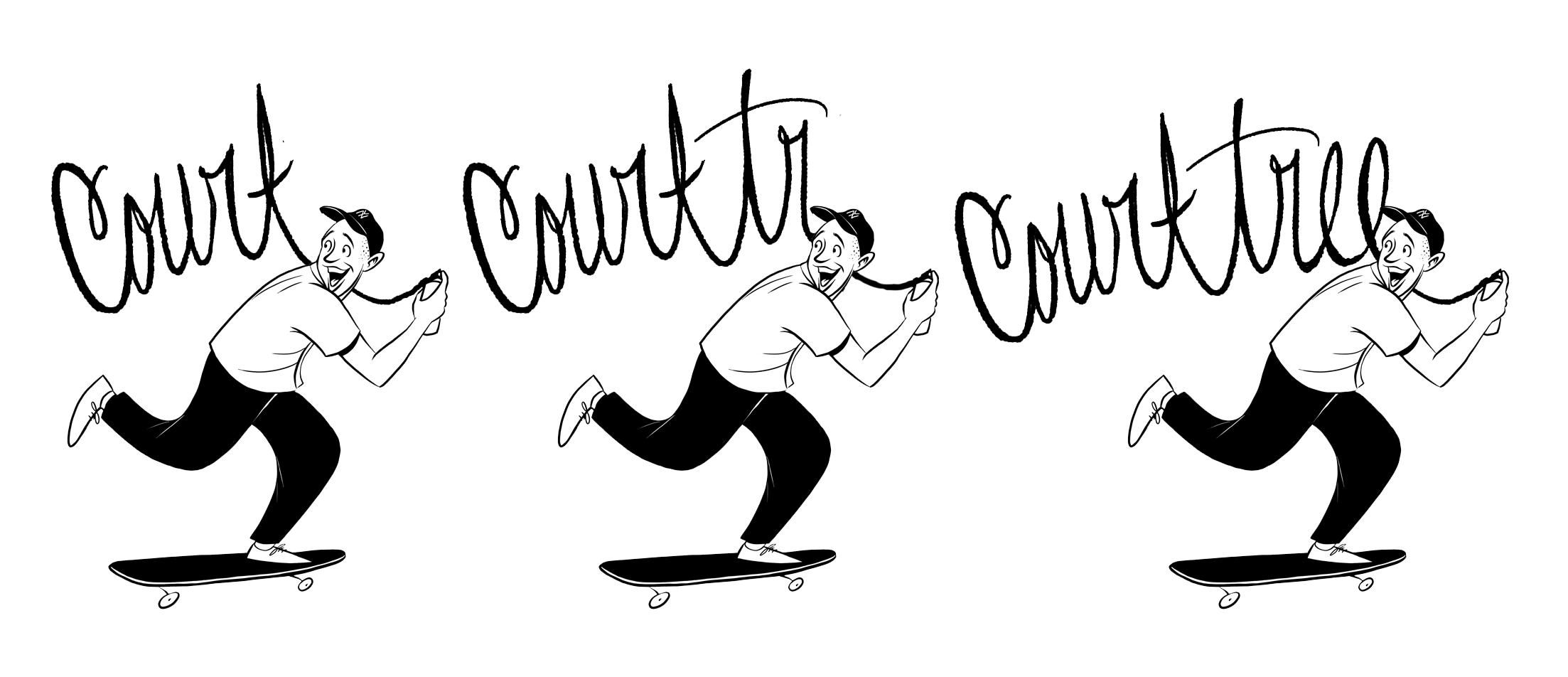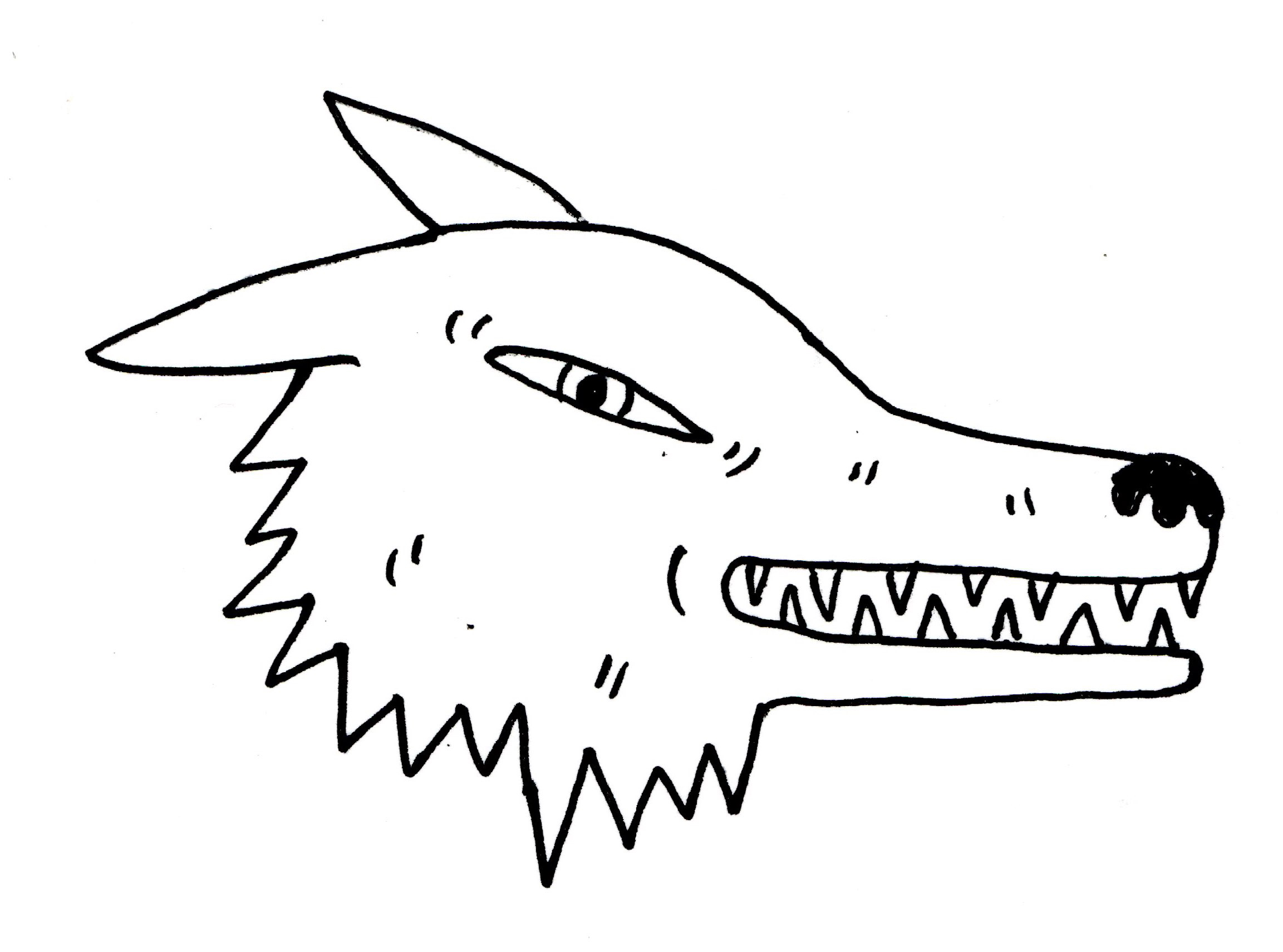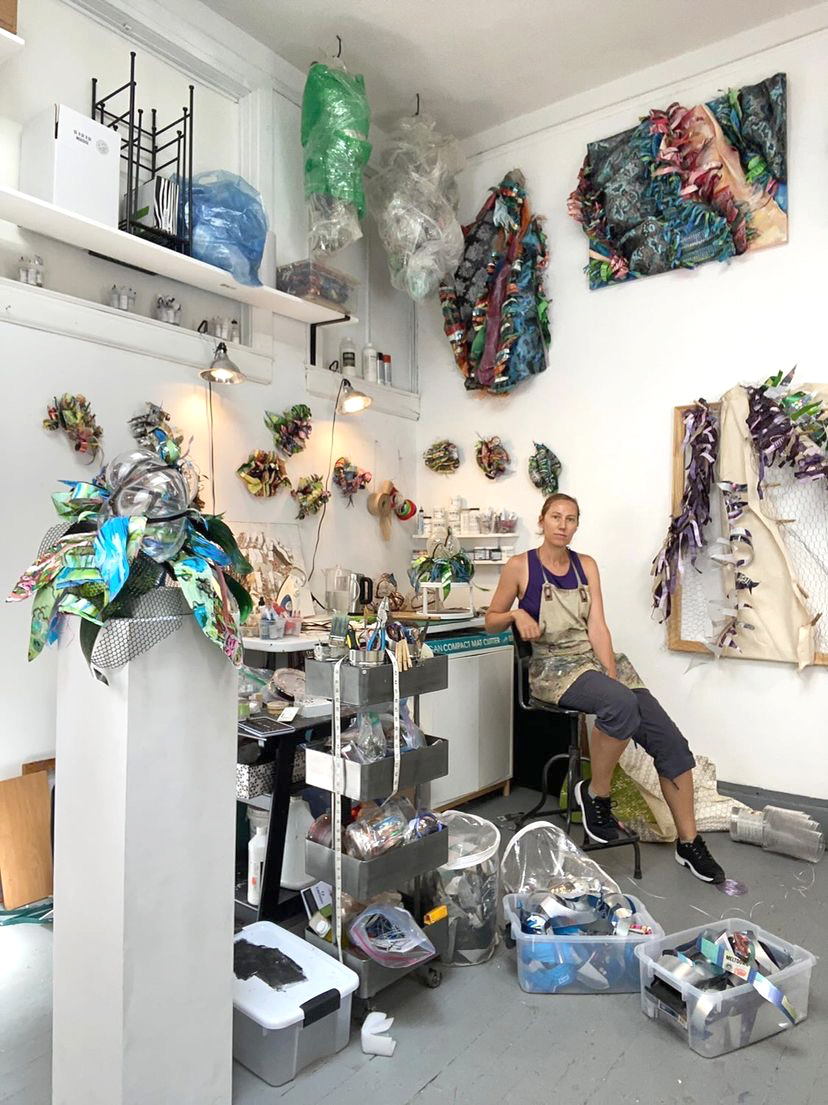Christina Massey
Your piece in “Tactiles” is highly original, as it arranges concrete materials into a messily abstract composition. Was there a concept behind the piece, or were you more interested in formal experimentation?
First of all, thank you, I take that as a great compliment! And to answer your question, it’s a mixture of both. I am very interested in all the formal aesthetics, the contrast, pattern, color and texture all play a huge role in the creation of the work, however I am equally as interested in the conceptual meaning of the chosen materials and processes. Even when I am using the more traditional aspects like acrylic on canvas for example, I ask myself why is that material important to this work? For me, by incorporating painting on canvas in the work over choosing a fabric for example alludes to the conversation of what defines a painting, a topic I love to think about.
At the same time, the materials have conceptual values as well. Most commonly I am asked about the repurposed aluminum in my work. This is all sourced from craft beer cans, which are a great example of a material that holds both formal qualities as well as conceptual. What I mean by that is that they are often beautiful objects, the labels colorful and full of pattern, but they also have practical uses, such as they are lightweight yet sturdy and durable. However I use only craft beer cans versus more recognizable brands for their symbolism of small business and consumer choice. I am also very interested in the language connection where one industry is using the term “craft” to distinguish itself as better than, or more sophisticated where as in Art, the term “craft” has traditionally been used to devalue and dismiss.
Do you see your work as part of any tradition? Who are some of your influences?
A little yes. I like to think of my “art family” or “tradition” as those who have pushed boundaries and distinctions and broadened the ideas of what defines Art. Some of my biggest influences are artists like Judy Pfaff, Miriam Schapiro, Barbara Chase-Riboud, Chakaia Booker, Rina Banerjee, Maria Nepomuceno…I could probably go on and on. We share a love of materials, texture and process and create highly individual works. In broader terms, I also find a lot of influence in fiber arts, travel, environmental/sustainable practices, language and dualities.
Your work combines elements of sculpture, painting, and collage. Have you worked in these mediums separately? And which medium do you think about most while working?
I do some work that could more specifically be called “painting,” “sculpture” or “collage” but even in those series, it’s the blending of definitions that I find interesting, so none are all that true to one particular medium. For example, my paintings on canvas, I usually cut up and weave back together again, and in a sense, collage them into new paintings that still have a dimensional aspect to them. My free standing and hanging sculptures still heavily use paint, and aspects of collage make their way into those works as well. And my collages are still a blend of printmaking and painting, the imagery often created from drawings of my sculptures, so there is a constant relationship between all the mediums and processes.
In terms of what I think about while working, I’d say my work starts very sculptural, it’s all about the materials and form. Aspects of collage turn up mid-process, and it tends to end in painting. Somehow it’s in the painting that the work feels finished.
The media you use are distinctive—recycled, playful, and uncanny. How do you select your media? Do you use found materials?
Yes, it’s important to me as someone who is compelled to create objects, that I do so in an environmentally sustainable manner as possible. I try to buy second hand whenever I can, from my stretcher frames, paint to canvas, and use a lot of found/sourced repurposed materials from aluminum, fencing, fabrics and papers.
I love objects that have a certain flexibility to them, metals that I can bend without machinery for example or objects with different textures, surfaces and designs that I can bring together into a new work. I’m often searching my own personal waste for inspiration as well, from old clothing to food packaging and more.
What are the dominant effects you find in your work? Do you see humor in it?
I love finding humor in Art. My work has a bit more of a sarcastic approach to humor that isn’t always obvious, but there are definitely approaches to irony that I use to address issues that concern me. I love it if someone finds something in the work that can make them smile, or feel like we just shared a funny moment together.
What is your process like? Is there a meditative aspect to it?
My work involves a lot of processes, some of it can be meditative and others, very labor intensive. I typically start with a palette in mind, selecting a wide range of materials that feel visually connected. Piles of aluminum start to build up with fabrics and papers, and a vision begins to appear in my head of how this will all come together into a finished artwork. I start with casually arranging materials so that a composition begins to form, then it begins with a series of weaving and stitching fragments of materials together creating a structure of which more materials will be added to, but of which becomes the base of the work. The weaving aspect is the most meditative part of my practice, but the rest is more intuitive, reacting and responding until it gets to a point that it feels complete.
Christina’s Instagram: @cmasseyart
Interview by Christian Prince
@chrstn_francis
